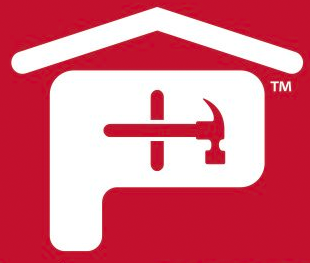Back in 1994, the United Nations General Assembly voted September 16th as International Day for the Preservation of the Ozone Layer. Otherwise known as World Ozone Day, it commemorates the Montreal Protocol on Substances that Deplete the Ozone Layer.
The commemoration presented an opportunity to focus attention on protection of the ozone layer at regional, national and global levels. Fortunately, this recognition put positive environmental changes into effect in the roofing and construction industry.
Chlorofluorocarbons (CFCs) from refrigeration, aerosol spray cans, cleaning agents and foam insulation have steadily corroded and depleted the ozone layer. The ozone layer is defined as the belt of ozone gas above the earth's surface, which protects the earth from harmful ultraviolet solar radiation. CFCs released into the atmosphere eventually break down ozone molecules, thereby creating holes in this protective layer.
Shortly thereafter, Atlas Roofing Corporation became the first North American manufacturer of polyisocyanurate foam insulation (polyiso) to introduce an ozone-safe(r) product.
Historically, polyiso was blown with CFC-11. In 1996, the U.S. Environmental Protection Agency (EPA) mandated a phase-out of CFCs for most non-essential uses. The mandate came after evidence became irrefutable that CFCs destroyed stratospheric ozone. In 1993, Atlas became the first polyiso manufacturer to completely transition to hydrochlorofluorocarbons (HCFCs). Although HCFCs had lower Ozone Depleting Potentials (ODPs) than CFCs, they were allowed solely as temporary substitutes for CFCs, as the industry searched for a substitute with zero ODP.
Hydrofluorocarbons (HFCs) were identified as another potential blowing agent around this time. Since they don’t contain chlorine or bromine, HFCs have the advantage of being non-ozone-depleting. However, they were found to have global warming potential (GWP) and were expensive to manufacture.
The other alternative was a hydrocarbon (HC) blowing agent, usually pentane. In 1998, after extensive research and testing, Atlas moved forward with a proprietary mix of pentane isomers. The change came several years ahead of the manufacturers’ mandated switch to a non-ozone-depleting foaming agent scheduled for 2003.
Atlas still utilizes this U.S. EPA compliant HC-based blowing agent in its polyiso manufacturing process. The agent produces zero ODP, virtually no GWP and absolutely no change in high energy product performance. Atlas has long been a leader in product innovation and environmental protection and is doing its part to repair the ozone layer. Positive ozone layer results have been measured since World Ozone Day was declared, but ongoing diligence is required to remedy the problem worldwide.



 Gear!
Gear! PRO LOGIN
PRO LOGIN